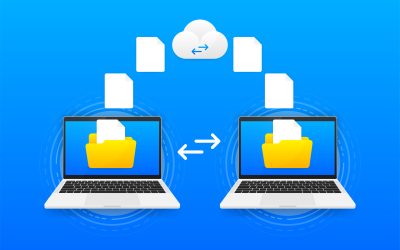
Restaurant businesses must speed up the process of establishing and incorporating menu maintenance best practices into the design and maintenance of their menu. If this is not done, report consolidation can become quite wearisome and exasperating.
The following are some best practices for effective menu planning:
- Meet the larger requirements of the brand: Now the focus should be on designing the database to meet the larger requirements of the brand, and not satisfying individual store needs. It is important however, to consider each store individually and understand the unique way in which each of these uses the POS. You may require help from district managers, area coaches and supervisors, and cashiers. This kind of analysis will provide you with information regarding how one store differs in menu flow from another, whether there are region-based menu distinctions, and other important details. With the data obtained, you will be able to distinguish stores with similar properties that can be grouped together. This will provide the basis on which you can build the enterprise structure.
- Accurate and consistent data entry: After the creation of store groups, you can start the task of data entry. Ensure that you don’t make adjustments and additions at the group level even if the enterprise system allows that. To ensure consistency in the data, all initial programming should be done at the highest level available and then pressed downward. Deploying a single item to all stores is the key to any successful enterprise data base. If you create duplicates in the database, the data becomes unreliable and difficult to merge. What you need is a hierarchy structure with the main items in place at the enterprise level, and groups created. You can then easily navigate to the various groups and make whatever adjustment or change needed. When you make such a modification to an item, all stores assigned to that particular group will immediately receive the change.
- Testing and validation of adjustments made: The next step is testing and validation of the menu adjustments before launching to stores. Create a lab location and testing environment and map the lab to the various store groups. Test each menu variation accordingly. Enterprise report validation is vital in lab testing; ensure that the data from the lab is included in the reports accurately.
Ensure effective communication: Suppose you have made a modification and it is ready to be launched to the pilot. The preparedness of the local staff is a major determining factor when it comes to the ease with which the change is implemented at the store level. You can implement it in different ways – whether in the form of a memo containing details of the change, or a quick and easy user’s guide. There must be a proper tool for efficient communication among end users. Nowadays, most POS users are able to view the brief update and educate themselves regarding the changes. If the information regarding modifications is not provided, you could receive phone calls and emails from stores.
- Introducing the changes to pilot stores: You can see the final results once you push the menu changes to the pilot stores. Find out whether the changes meet the requirements with ease and efficiency, and whether they produce the data output expected at the enterprise level. More reliable information about the POS users’ experience can be provided by a pilot store. Staffs could recommend a slight adjustment or improvement for improved speed of service or to accommodate the changes. Making POS order entry as easy as possible for the restaurant staffs while maintaining the integrity of the enterprise can be very challenging. It is not impossible though because you have already built a strong foundation. You can now make minor adjustments within the store group easily.
Menu launch could be fraught with difficulties. You require careful and strategic planning, innovative design, validation, interaction, hard work and training. These are indispensable before your menu changes can be successfully deployed throughout your brand.
Read our blog post: Automation Trends in 2020 That Can Transform Restaurant Industry
The POS architecture has improved, and will continue to change with developing technology as data entry companies serving the restaurant industry know well. Menu maintenance is crucial with more partners working with the data that stores are able to generate. You have to provide accurate and clean information to customers, most importantly. It is clear that to maintain a successful enterprise system, you need to institute a proven menu maintenance solution that can be replicated. POS design is advancing, so make sure that you establish and follow best practices for enterprise menu maintenance to ensure success for your brand.

 Ensure effective communication: Suppose you have made a modification and it is ready to be launched to the pilot. The preparedness of the local staff is a major determining factor when it comes to the ease with which the change is implemented at the store level. You can implement it in different ways – whether in the form of a memo containing details of the change, or a quick and easy user’s guide. There must be a proper tool for efficient communication among end users. Nowadays, most POS users are able to view the brief update and educate themselves regarding the changes. If the information regarding modifications is not provided, you could receive phone calls and emails from stores.
Ensure effective communication: Suppose you have made a modification and it is ready to be launched to the pilot. The preparedness of the local staff is a major determining factor when it comes to the ease with which the change is implemented at the store level. You can implement it in different ways – whether in the form of a memo containing details of the change, or a quick and easy user’s guide. There must be a proper tool for efficient communication among end users. Nowadays, most POS users are able to view the brief update and educate themselves regarding the changes. If the information regarding modifications is not provided, you could receive phone calls and emails from stores.

